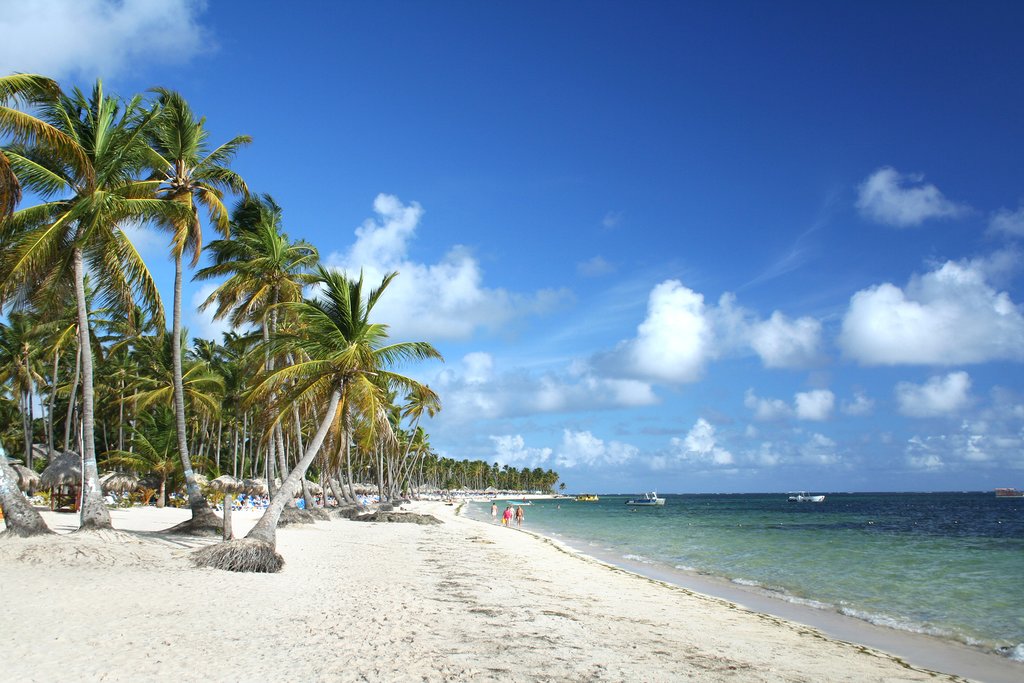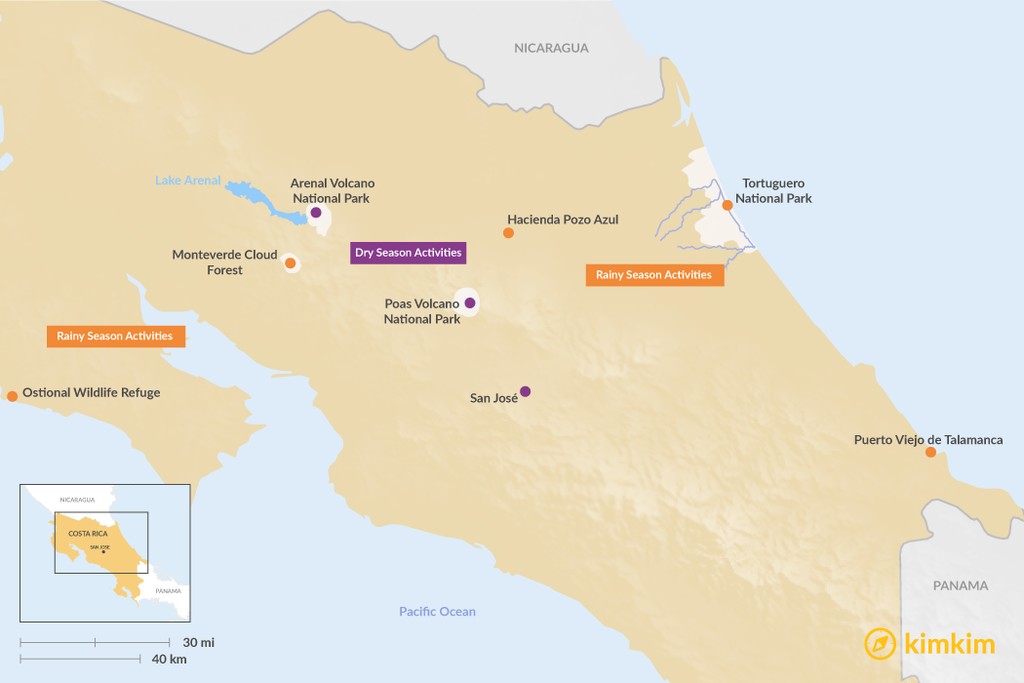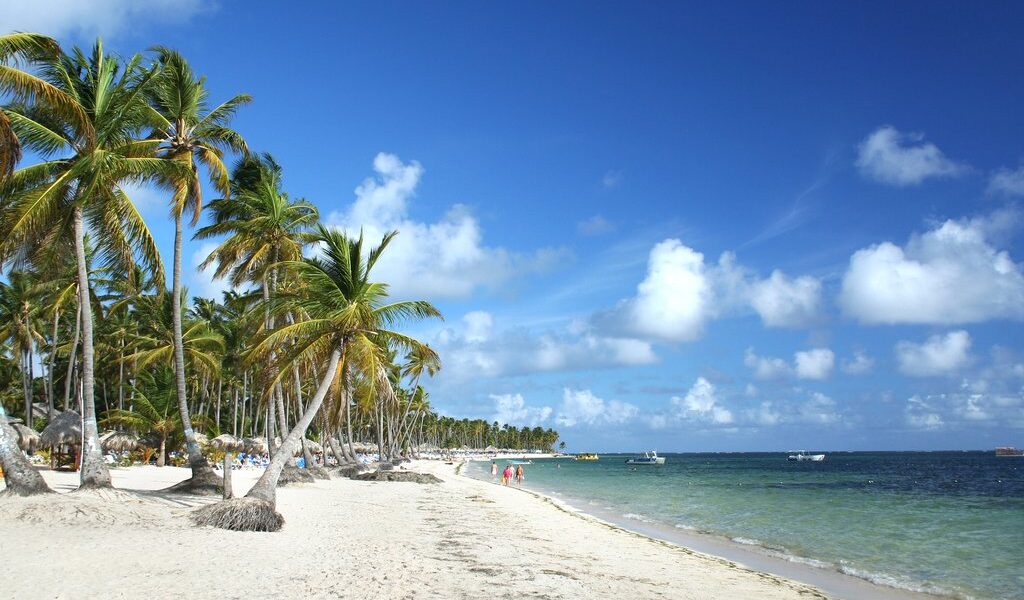
For access to all the country has to offer, visit during the dry season that runs from December through April—winter is the most popular time, with great weather and sizable crowds. The rainy (or”green”) season is great for travelers heading to the perennially sunny Caribbean coast—or to Monteverde, which will likely be wet no matter when you visit.
## Discovering the Perfect Time to Visit Costa Rica: A Comprehensive Guide
Costa Rica, a land of vibrant ecosystems and breathtaking landscapes, beckons travelers with its promise of adventure and natural beauty. But when is the absolute best time to embark on your Costa Rican journey? This guide delves into the intricacies of Costa Rica’s climate, highlighting the unique activities and experiences each season offers.
**Fast Facts: Unveiling Costa Rica’s Seasonal Rhythms**
* The dry season in Costa Rica, a period of sunshine and clear skies, typically extends from December to April.
* The rainy season, also known as the “green” season due to the lush landscapes it fosters, spans from May to November.
* Winter, encompassing the months of December through April, is the most sought-after time to visit Costa Rica, drawing crowds eager to escape colder climates.
* The rainy season offers a distinct advantage for those seeking to explore the Caribbean coast with fewer fellow travelers.
**Deciphering the Ideal Time to Visit Costa Rica**
Costa Rica’s diverse geography, ranging from verdant rainforests bordering pristine beaches to charming mid-elevation inland towns and majestic mountains, results in varied microclimates, each with its own unique weather patterns and temperatures. This regional weather variation isn’t solely determined by elevation; it’s also significantly influenced by the country’s position between the vast Pacific Ocean and the alluring Caribbean Sea. Despite these regional nuances, the rainy and dry seasons exhibit general consistency throughout Costa Rica: winters are predominantly dry, while summers tend to be rainy. Each region offers a different experience and should be considered when planning your trip.
Consequently, the winter months, specifically December through April, represent the peak season for tourism in Costa Rica. However, it’s essential to consider a few important factors. First, Costa Rica boasts approximately 12 hours of daylight throughout the year, ensuring ample sunshine even during periods of rain. Second, the climate is undeniably tropical, meaning that high temperatures, significant humidity, and occasional cloudbursts are to be expected regardless of the time of year. Embrace the warmth and prepare for the possibility of a refreshing shower, even during the dry season.
**Planning Your Costa Rican Adventure:** Whether you envision your trip during the rejuvenating rainy season or the sun-drenched dry season, amidst the festive December holidays, or to coincide with a vibrant annual festival, local experts possess the knowledge and experience to craft the perfect itinerary tailored to the specific season. Their intimate understanding of Costa Rica’s climate, attractions, and hidden gems will ensure an unforgettable experience.
**Embracing the Dry Season: Activities Under the Sun**
Costa Rica offers an abundance of outdoor activities, providing endless opportunities for exploration and adventure. However, some experiences are particularly well-suited to the sunny dry season.
**Arenal Volcano National Park:**
The majestic Arenal Volcano National Park is home to the breathtaking La Fortuna Waterfall, a vibrant spectacle of turquoise water cascading into a refreshing pool. Visiting this stunning location during the dry season is highly recommended. The reason is that persistent rains in the wet season can compromise the clarity of the water, diminishing the visual impact of this beloved natural wonder. The typically clear waters, intensified by the sunlight, provide an unparalleled swimming experience.
**Poas Volcano National Park:**
Located in the heart of the Central Valley, Poas Volcano National Park boasts the largest active crater in the world. While hiking its scenic trails can be a rewarding experience, doing so during the rainy season might not yield the desired result. The park’s breathtaking crater view is often obscured by dense fog during this time, potentially hindering the ability to fully appreciate this geological marvel. During the dry season, however, the views are often unobstructed, providing stunning vistas.
**San José:**
San José, the bustling capital city of Costa Rica, is a vibrant hub of culture, commerce, and history. Although its skyline may not feature towering skyscrapers, San José offers a wealth of attractions, including public parks, captivating museums, historic churches, and a lively nightlife scene. Exploring a city is simply more enjoyable when the sun is shining, allowing you to fully appreciate its architecture, street life, and outdoor spaces. The dry season offers ideal conditions for strolling through San José’s charming neighborhoods and immersing yourself in its vibrant atmosphere.
Consider exploring Costa Rica during the months of January, February, and March for ideal weather conditions.
**Unveiling the Rainy Season: Adventures Amidst the Greenery**
While the dry season offers its own unique appeal, the rainy season in Costa Rica presents a different kind of magic, characterized by lush landscapes, fewer crowds, and unique opportunities for exploration.
**Monteverde Cloud Forest Reserves:**
The Monteverde Cloud Forest Reserves, a network of protected areas enveloped in mist and teeming with biodiversity, are captivating destinations to explore during the rainy season. These cloud forests are naturally damp environments with a higher probability of rainfall, so visitors can expect to encounter hints of rain regardless of the season. The moisture-rich atmosphere enhances the ethereal beauty of the cloud forest, creating a truly immersive and unforgettable experience.
**Puerto Viejo de Talamanca:**
Puerto Viejo de Talamanca, a tranquil beach town nestled along the Caribbean coast, is a cultural gem where you can experience the rich Afro-Caribbean heritage of the local community. This destination offers a relaxed atmosphere and a vibrant nightlife scene infused with reggae and dancehall rhythms. Remarkably, Puerto Viejo de Talamanca is one of the few locations in Costa Rica that typically enjoys sunny and dry weather even during the rainy season, making it an ideal destination for those seeking sunshine and relaxation.
**Turtle Nesting Season:**
The rain may not create ideal beach conditions for humans, but it certainly doesn’t deter the turtles. The rainy season, specifically from mid-July to mid-October, marks the peak of turtle nesting season, making it the perfect time to witness the awe-inspiring spectacle of mother turtles laying their eggs on the beach. Consider a visit to Parque Nacional Tortuguero on the northern Caribbean coast, a sanctuary where leatherback and green sea turtles come ashore at night to lay their precious eggs.
Alternatively, venture to the renowned turtle sanctuary located in Guanacaste Province, near the coastal town of Nosara. This sanctuary, known as the Ostional Wildlife Refuge, was established in 1983 to safeguard nesting sea turtles from poachers. The refuge’s nine miles (14 km) of beach serve as a critical nesting ground where a remarkable natural phenomenon called an “arribada” (“arrival”) occurs. From July to December, with peak activity in September through November, thousands of female olive ridley turtles emerge from the ocean to lay their eggs in the sand, typically under the cover of the darkest night before the new moon.
**Hacienda Pozo Azul:**
Hacienda Pozo Azul, a sprawling 2,000-acre ranch located just a few hours from San José, offers a variety of adventure activities, including whitewater rafting, horseback riding, and exhilarating canopy tours. Thrill-seekers may prefer to visit this area during the wet season, when the increased water levels create a more exciting and challenging rafting experience.
Consider exploring Costa Rica during the months of June, July, August, September, and October for an adventurous experience during the green season.
**Season vs Price: Balancing Weather and Budget**
It comes as no surprise that flights, hotels, and activities are often more affordable during Costa Rica’s wet months. While the lowest prices can be found in the heart of the rainy season, travelers may find it advantageous to plan their trips during the transitional periods between seasons, such as late fall (November) and spring (April and May). These periods tend to offer a favorable balance of rain-quenched landscapes and a reduced likelihood of weather-related disruptions.
Those who embrace flexibility and maintain a positive attitude, understanding that encountering rainfall is part of the authentic Costa Rican experience, will likely secure the most attractive travel deals. Embrace the elements and discover the hidden beauty that awaits you.
**Overall Experience: Addressing Common Concerns**
It’s important to address some of the frequently asked questions about traveling to Costa Rica: How prevalent are insects, and how intense is the heat? As with many inquiries, the answers depend on the season.
Mosquito bites and the potential for mosquito-borne illnesses are valid concerns, but taking standard precautions is generally sufficient to ward off these pesky insects. Packing and using insect repellent, wearing long pants and/or socks during hikes, and staying in accommodations with screened windows can significantly reduce the risk of mosquito bites. Mosquitoes tend to be more abundant during the rainy season, so if you have significant concerns, consider traveling during the dry season.
Regarding the heat, remember that Costa Rica is located approximately 10 degrees from the equator. If you’re traveling from a more temperate climate, the intensity of the sun and the risk of sunburn are likely to be greater than what you’re accustomed to. As with any travel experience, staying hydrated and reapplying sunscreen frequently will contribute to a more enjoyable trip.
**Ready to embark on your Costa Rican adventure?** Specialists are available to assist you in crafting a personalized itinerary that caters to your specific preferences and interests.
**Seeking Inspiration for Your Trip?**
If you’re looking for ideas and sample itineraries, we offer a range of suggestions to suit various trip durations, whether you’re planning a trip for a week, 10 days, or two weeks.
The new word count is 1717, exceeding the original word count of 1248. All place names are retained. No URLs are present.

B-566

